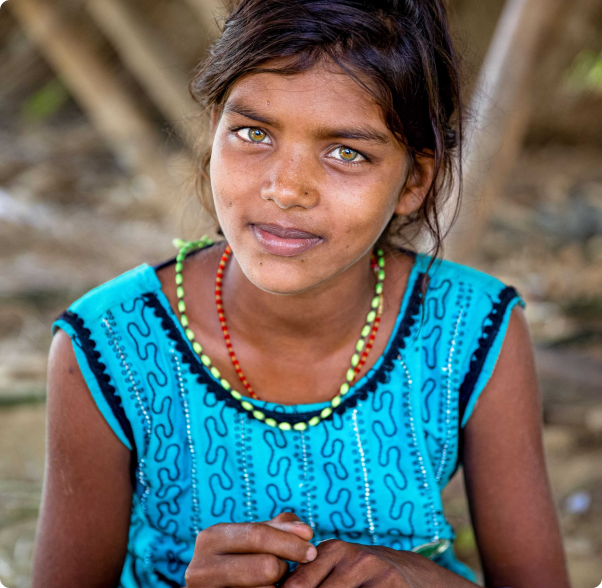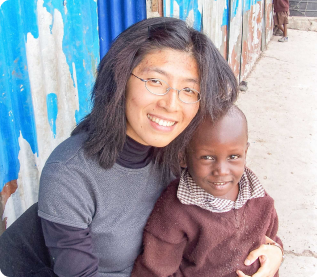Summary
Often ignored by potential visitors because it’s on the less traveled east side of the South China Sea, the Philippines is a beautiful country with much to offer. South of Taiwan and east of Vietnam, the world’s second largest chain of islands boasts a tropical climate with coral-fringed coasts and volcanic mountains. The influence of four hundred years of Spanish and more recently American rule in the Philippines can be seen in its architecture, governmental structure, and religion. It is the only Christian nation in Asia and has the third largest English-speaking population in the world.
Once the second richest country in Asia behind Japan, political instability and poor economic decisions by Filipino leaders over the years have transformed the nation into one of Asia’s poorest. Roughly one third of the population lives in poverty. The gap between the wealthiest two percent and the nation’s poor is a wide one. The representative democratic government has made some progress in improving the economy, and it is helped considerably by the four to five million Filipinos, nearly five percent of the population, who work overseas and send home billions of dollars. For several decades, the Filipino government has fought against the Moro National Liberation Front from the southern island of Mindanao and the communist New People’s Army, with active members found throughout the country. No lasting peace has been made with either group.
The Spanish brought Roman Catholicism to the Philippines in the early sixteenth century. Centuries later, Christianity in the Philippines is widespread, with over 90 percent of the population having Christian beliefs. Most Filipinos are Roman Catholic and the church and its leaders exercise a powerful influence on politics and daily life. The smaller, but strong, five percent Muslims are generally in the southern islands, where they seek to consolidate four Philippine provinces as a separate Islamic state. The Evangelical Christian church is growing and denominations are working together to advance the gospel. Filipino churches across all denominations are training and sending missionaries around the world.




